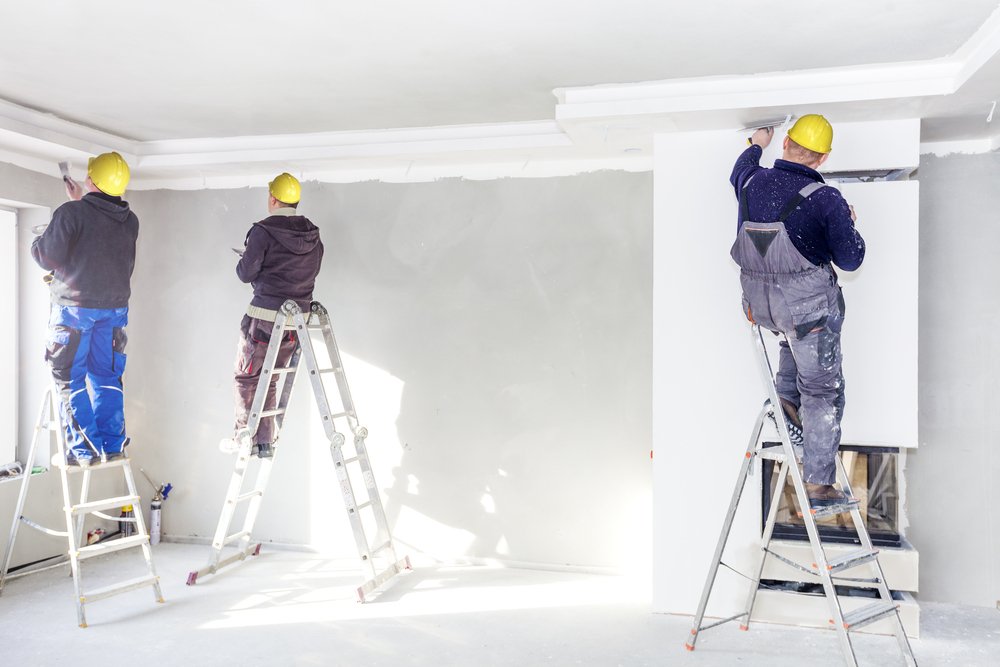
Drywall damage can be caused by a variety of things, from accidental knocks to full-blown fires.
Things that cause damage to the drywall
Drywall damage can be caused by various things, from accidental knocks to full-blown fires. In any case, it’s essential to address the damage as soon as possible to prevent further problems and ensure your home is safe.
1. Holes from nails or screws.
These tiny punctures can start to let in air and moisture, which can cause the drywall to deteriorate.
If you’ve ever had to remove a nail or screw from wood, you know that it’s not always an easy task. If the hole is too big, the nail or screw can easily spin in the hole, making it difficult to remove. There are a few ways to fix this problem: to use a rubber band. Wrapping a rubber band around the head of the nail or screw will help keep it from spinning in the hole. Another way to fix this problem is to use a washer. A washer will create more friction between the object and the hole, making it easier to remove. Finally, if all else fails, you can use a drill bit smaller than the diameter of the nail or screw to create a new hole next to the existing one. This new hole will allow you to better grip the object, making it easier to remove.
There are many ways to create a hole in something. If you’re feeling adventurous, you can use a drill bit, a saw, or even your teeth. But what if you need to make a hole quickly and don’t have any of those tools available? In that case, you can use a nail or screw. These objects have sharp points that can pierce through most materials quite easily. However, the Phillips head screwdriver is one big difference between nails and screws. If you try to use a regular flathead screwdriver on a Phillips head screw, you won’t get very far. The two types of screws have different shapes on their tips.
2. Cracks
Even small hairline cracks can open up the drywall to air and moisture, leading to more significant problems. Drywall is a material that is commonly used in construction. It is made of gypsum, which is a type of plaster, and it is put up on walls to cover up the framing. Drywall can be painted or wallpapered over, and it is also fire-resistant. However, there are some issues with drywall that you should be aware of before you decide to use it in your home. One problem with drywall is that it can sometimes develop cracks. In this blog post, we will look at the causes of drywall cracks and what you can do to fix them. We will also discuss some tips for preventing these cracks from happening in the first place. So if you are considering using drywall in your home, read on to learn more about this material.
3. Water damage
Even a little water can cause the drywall to swell and eventually crumble. When your home experiences water damage, the drywall is often one of the first places, it takes a hit. If not properly dried and treated, the drywall can quickly become moldy and damaged beyond repair. In this post, we’ll discuss some tips for dealing with water damage on drywall to get your home back to its former glory as quickly as possible. Drywall is a type of construction material often used in interior walls. It is made out of gypsum, water, and an adhesive composite. When it becomes wet, it can become damaged and eventually must be replaced. One of the most common types of water damage in homes is caused by a leaky or burst pipe. If the water isn’t cleaned up quickly, it can seep behind walls and cause extensive damage.
If you are experiencing water damage on your drywall, the best action is to take quick and decisive action. In most cases, this means repairing the damage as soon as possible. By taking care of the issue quickly, you can prevent costly and time-consuming repairs in the future. In addition, it is essential to remember that water damage can lead to health hazards, so it is necessary to address the problem as soon as possible.
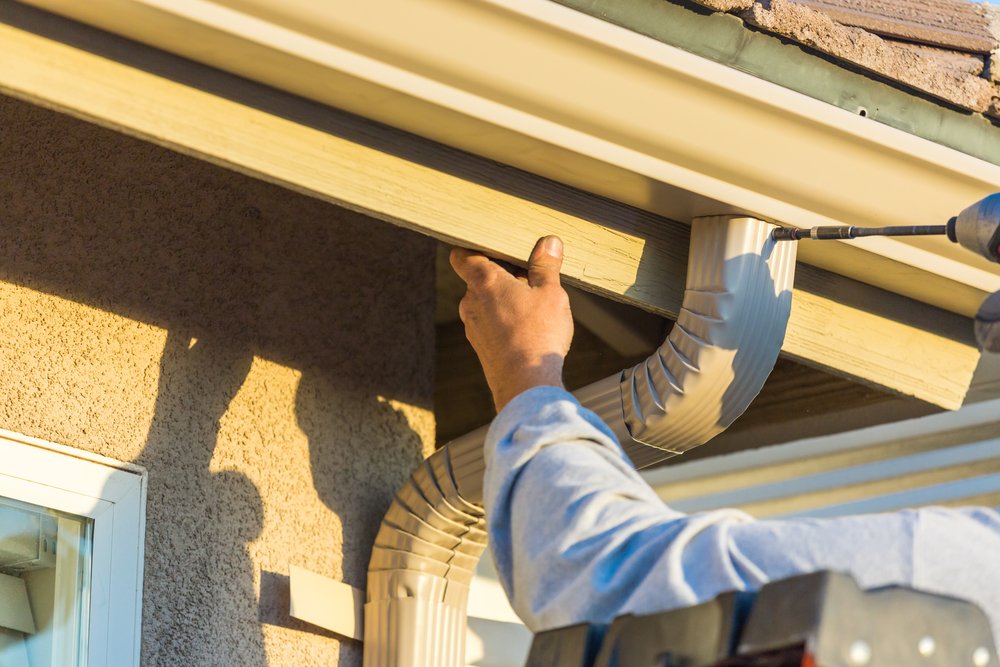
4. Insect damage.
Certain insects, like termites, carpenter ants, and powder post beetles, can cause severe damage to drywall.
Insects are one of the most common problems that homeowners face. While many insects can cause damage to a home, termites are some of the worst. Termites can cause extensive damage to a home, and they can do it quickly. If you suspect that you have a termite problem, it is essential to take action immediately. Insects can cause a lot of damage to your home, and one place they often strike is the drywall. Drywall provides an easy food source for insects, and when they bore into it, they can create a lot of damage.
If you’re like most people, the sight of an insect in your home is enough to make you feel itchy. And if that insect happens to be crawling on your walls, well, that’s just plain gross. Unfortunately, insects are more common than you might think, and they can do a lot of damage to your property if left unchecked.
Drywall, also known as plasterboard, is a panel made of gypsum plaster encased in a thin sheet of paper. It is used to create interior walls and ceilings. While it is durable and relatively easy to install, drywall can be damaged by insect pests.
5. Poor installation.
If the drywall wasn’t installed properly, it might not be securely attached to the wall studs. This can cause the drywall to sag or even fall off the wall. Drywall is a popular building material often used as a finish for walls and ceilings. While it is easy to use and very aesthetically pleasing, drywall installation can be tricky, especially for beginners. Drywall is a material that is used to create walls and ceilings. It is often considered a finishing material because it is not meant to be load-bearing. However, even though it is not intended to be structural support, drywall can still be installed incorrectly and lead to problems down the road.

Summary
Drywall is a type of construction material often used in interior walls. It is made out of gypsum, water, and an adhesive composite. When it becomes wet, it can become damaged and eventually must be replaced. One of the most common types of water damage in homes is caused by a leaky or burst pipe. If the water isn’t cleaned up quickly, it can seep behind walls and cause extensive damage. Insects are one of the most common problems that homeowners face. While many insects can cause damage to a home, termites are some of the worst. Termites can cause extensive damage to a home, and they can do it quickly. If you suspect that you have a termite problem, it is essential to take action immediately. If the drywall wasn’t installed properly, it might not be securely attached to the wall studs. This can cause the drywall to sag or even fall off the wall. Drywall installation can be tricky, especially for beginners.
Water and insect damage are two of the most common problems with drywall. To avoid these problems, it is essential to take action quickly if you notice any leaks or insects in your home. If you’re unsure about properly installing drywall, it is best to consult with a professional.
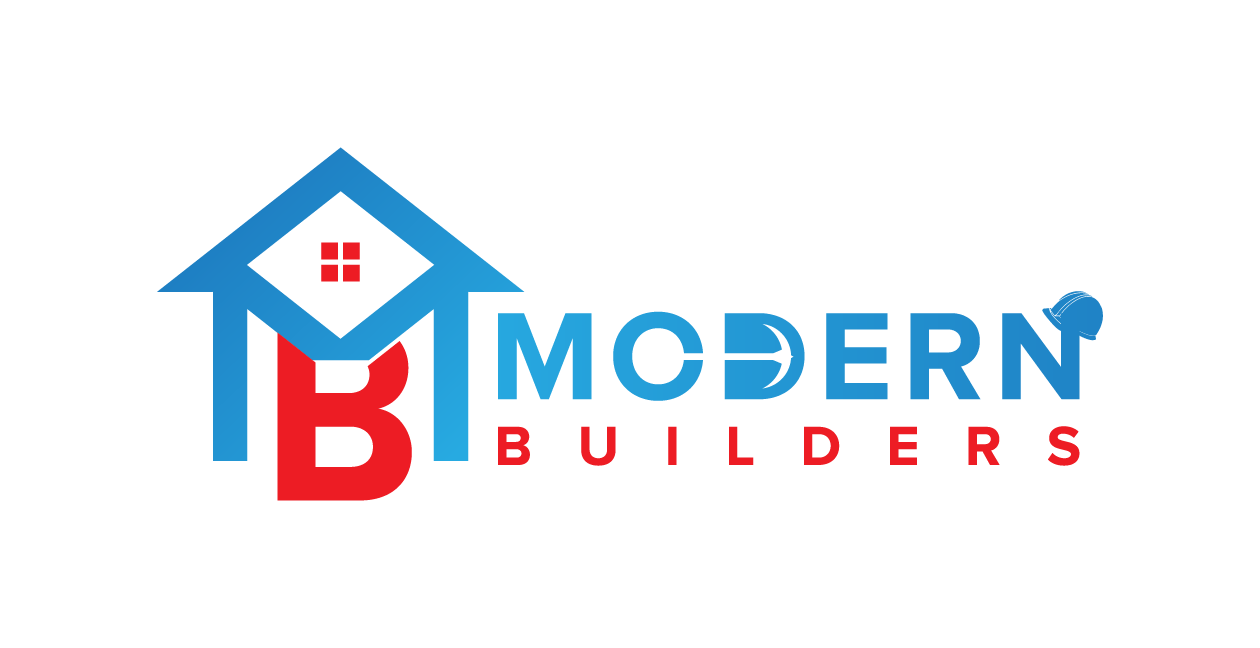
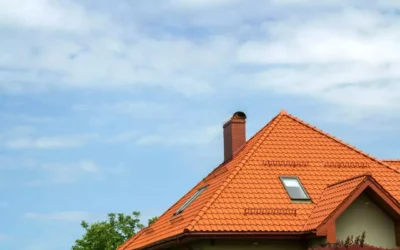
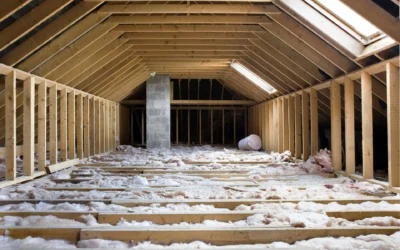
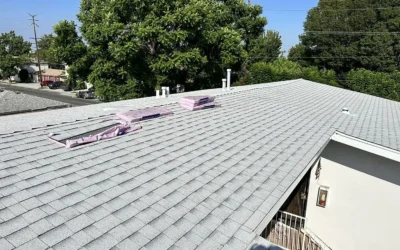
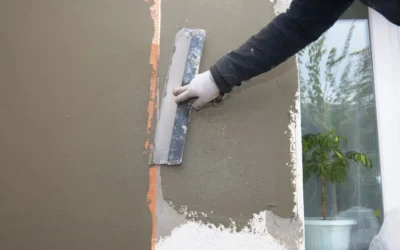
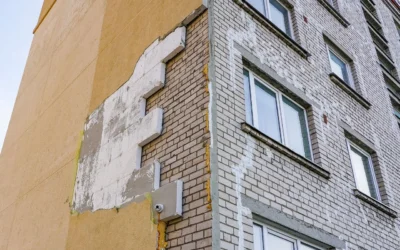
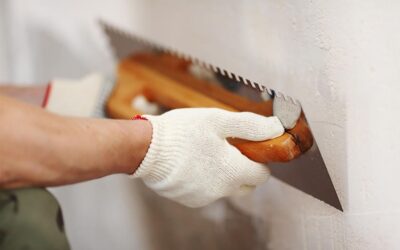
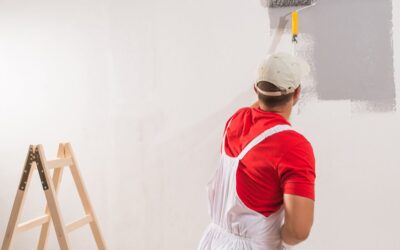
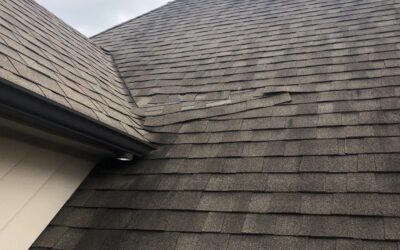

0 Comments